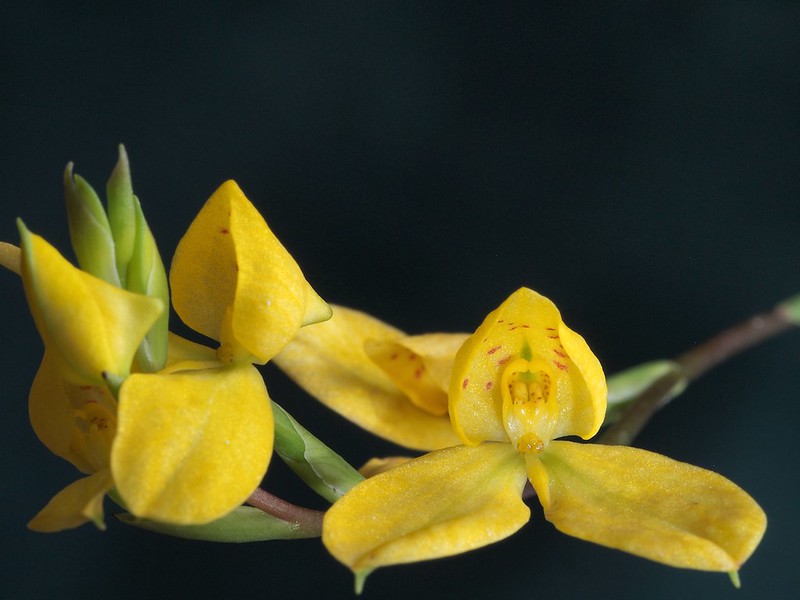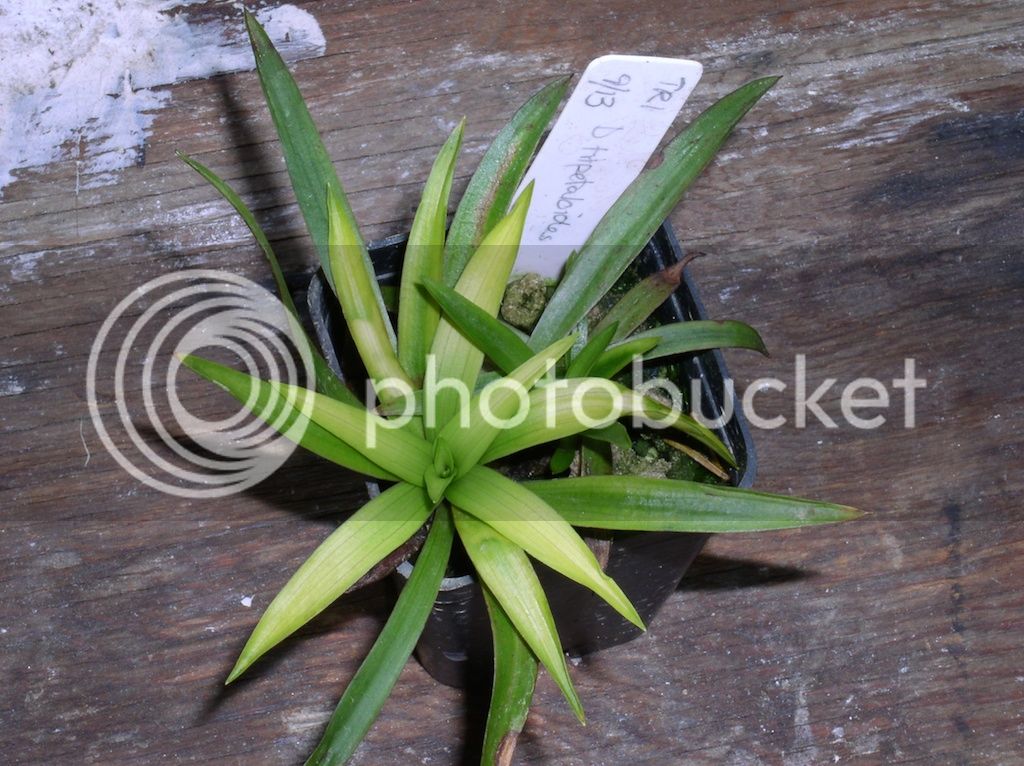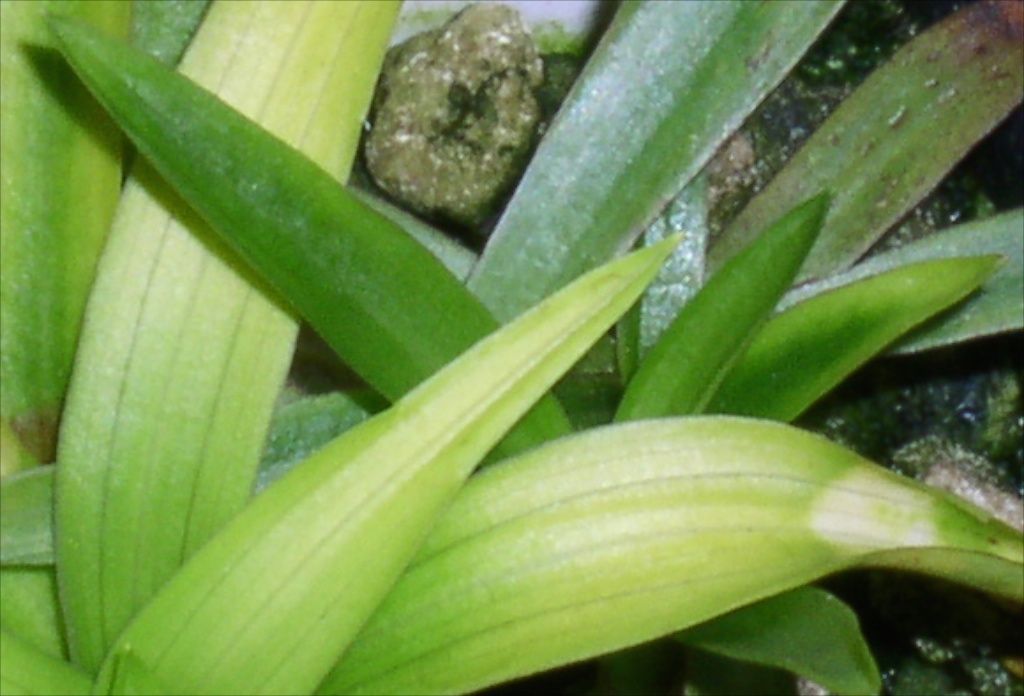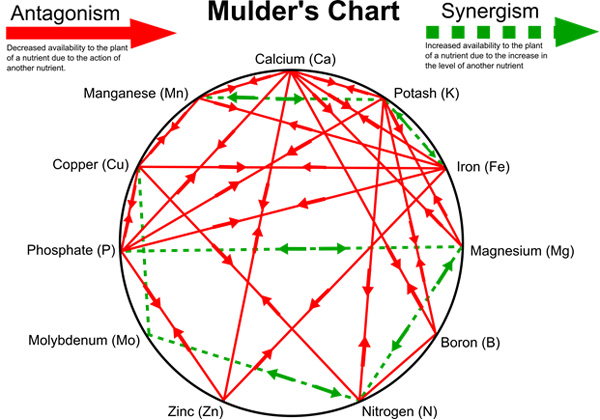naoki
Well-Known Member
This is from May 2014, but I'm still trying to catch up with my photo editing from this spring/summer.

Disa aurata, on Flickr
I got it from Wally Orchard of Afrodisa this spring. So I can't take a credit of flowering it. But it is still alive at least. His plants are very nice, and he is very helpful (and his price is too good). This is my first year with growing Disa, and I already killed 2x D. uniflora (maybe the night time temp wasn't cold enough, or I didn't give enough water). I need to get more D. uniflora...
I can see why Disa is so addicting, and I enjoyed reading Tenman's article here. I'd love to learn about the culture of stream Disa from other Disa growers!

Disa aurata, on Flickr
I got it from Wally Orchard of Afrodisa this spring. So I can't take a credit of flowering it. But it is still alive at least. His plants are very nice, and he is very helpful (and his price is too good). This is my first year with growing Disa, and I already killed 2x D. uniflora (maybe the night time temp wasn't cold enough, or I didn't give enough water). I need to get more D. uniflora...
I can see why Disa is so addicting, and I enjoyed reading Tenman's article here. I'd love to learn about the culture of stream Disa from other Disa growers!
Last edited:






